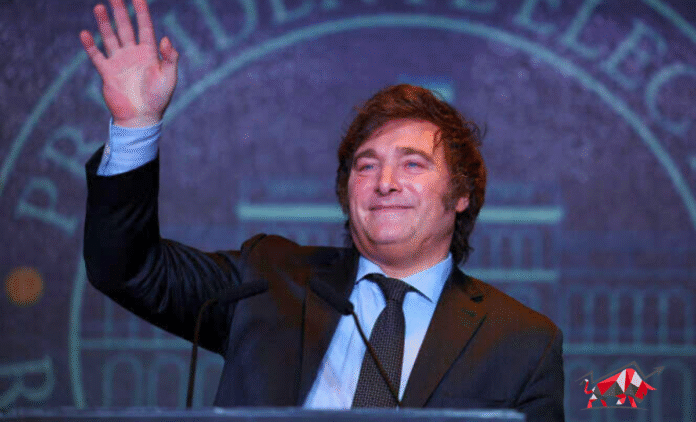Argentina recorded a significant fall in monthly inflation in May, with consumer prices rising just 1.5 per cent compared to the previous month. This marks the lowest monthly increase in over five years and signals a rare moment of price stability. While annual inflation remains alarmingly high at 43.5 per cent, this month’s achievement provides a positive narrative for President Javier Milei and his economic agenda.
A Boost for Milei in the Midterm Race
Consumer prices in Argentina surged by 1.5 per cent in May, down sharply from April’s 2.8 per cent and December’s 25.5 percent spike under Milei’s early administration. Economy Minister Luis Caputo celebrated the news on X, calling Milei “the best president in the world”. The lower inflation rate offers a timely lift to Milei ahead of October’s midterm elections, where stabilising prices remains his strongest appeal to voters.
Such a sharp drop in inflation is unexpected given that the government floated the peso in April and removed a fixed exchange rate. These measures, part of a $20 billion IMF loan agreement, were expected to increase inflation. Yet Milei’s team managed to limit the impact, keeping inflation growth in check despite concerns over currency depreciation.
Currency Floating and Controlled Pass‑Through
In April, Milei ended a currency control regime that had effectively pegged the peso and kept prices artificially low. While this move was intended to restore transparency in the foreign exchange market, many analysts expected it to lead to rapid peso depreciation and higher inflation.
Ramiro Blazquez Giomi, a Latin America strategist at StoneX, praised the government’s ability to “keep the devaluation and pass‑through to inflation to a minimum”. The unexpected success suggests Milei’s approach to monetary discipline may be more effective than critics feared.
Measures Supporting the Peso
To support the peso, the government introduced a short‑term tax break for agricultural exports, hoping to attract foreign currency inflows and reduce pressure on the exchange rate. These measures provided temporary relief for the peso, though analysts caution that currency volatility may rise as the midterm campaign progresses.
Despite Milei’s refusal to buy up dollars in the open market—a strategy used by previous governments to hoard reserves—his administration has taken steps to shore up the currency. He continues to use central bank reserves to intervene in the peso futures market, a move seen as controversial but deemed necessary to prevent a sharp peso collapse.
Argentina’s Economic Growth and Structural Challenges
Milei’s sweeping reforms—spanning austerity, deregulation, and fiscal tightening—have delivered some economic relief. The IMF predicts Argentina’s economy will grow by 5.5 per cent in 2025, rebounding from last year’s recession. Monthly inflation below 2 per cent is yet another milestone in this recovery.
Still, mounting concerns persist. Growth has slowed in recent months, and both productivity and private investment remain weak. Investors are wary of the government’s cautious reserve‑building strategy and its reliance on central bank interventions.
Argentina must build its foreign exchange reserves to meet foreign debt repayments coming due this year. A crucial IMF target called for an additional $4.5 billion in reserves by 13 June, but the deadline has been pushed to July.
Milei has resisted the traditional practice of expanding the money supply to purchase foreign currency—he fears doing so would fuel inflation by weakening the peso. Instead, his government struck a $2 billion repurchase agreement with international banks. It also announced plans to use fiscal surplus pesos to buy dollars. These moves aim to shore up foreign reserves without destabilising prices.


